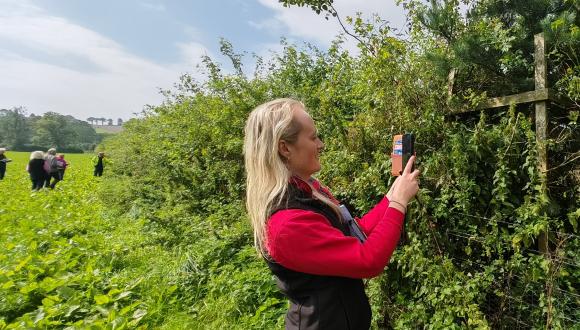Biodiversity Audit - Guidance on Grassland Selector Tool
Use this tool as a guide to help you identify the type of grassland you have in your field, when completing the Biodiversity Audit. Work your way through the sequence below for each field, to pick one option.
Grassland Selector
Section 1
1. The grassland is part of an arable rotation
Your result: Arable Crops
Summary
All land used for arable crop production, horticulture, fallow and temporary grass leys (TGRS).
Detailed Description
All cropped land including arable / combinable crops, fodder brassicas, arable silage, legumes, potatoes, fruit, vegetables, fallow and temporary grass leys following any cropping and that was established less than 5 years ago (this would be categorised as TGRS in a SAF).
2. It is dominated by (greater than 70%) soft rush
Your result: Rush Pasture
Grassland pasture dominated by soft rush.
Can be scattered soft rush or dense stands of soft rush with limited diversity of other plant species.
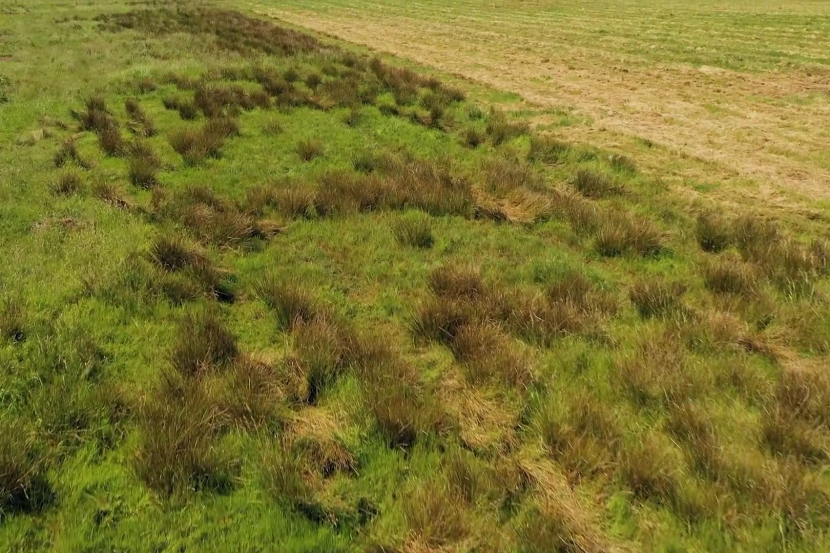
3. The soil is water-logged for the majority of the year
Your result: Wet / Marshy Grassland
Summary
Wet or marshy ground used for grazing with flowering species, not dominated by soft rush. Can also apply to uncultivatable areas in arable land.
Detailed Description
Wet or ‘marshy’ ground with mostly tussock forming grasses and rushes used for grazing. Variety of flowering plants, sedges and rushes. Any sites dominated by soft rush should be mapped as rush pasture.
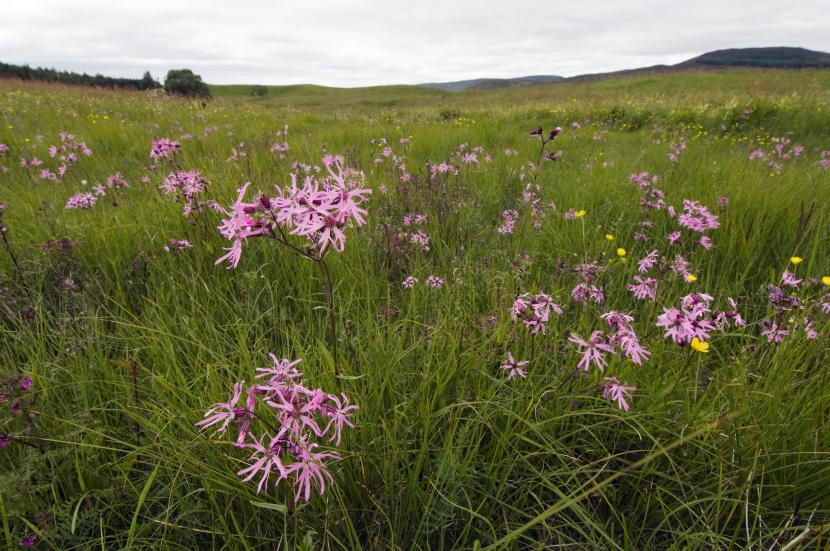
4. It is rough grazing, often in large unenclosed areas of hill, moor and mountain?
Summary
Rough grazing grassland areas normally in large unenclosed areas of hill, moor, or mountain. Often above a hill dyke.
Detailed Description
This is grassland often referred to as rough grazing, away from lowland in-bye, and above any hill dyke if present, (it can be found at sea level in the north and west of Scotland).
Land that hasn’t been ploughed or reseeded but can include hay meadows and permanent pastures on upland farms, and fields that may have been regularly limed and/or fertilised.
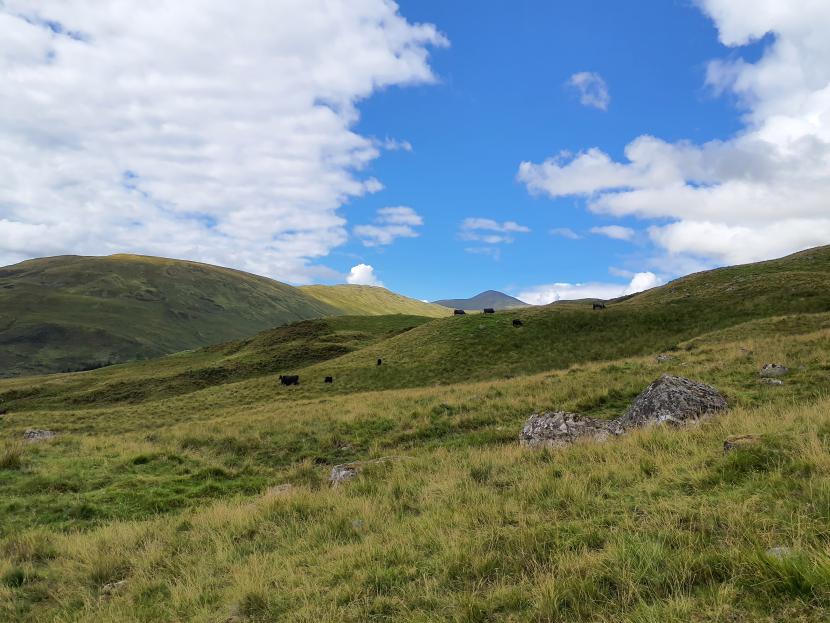
If none of the above - go to Section 2
Section 2
Pick one option below from 1-3.
1. There is more than 30% perennial ryegrass, white clover and/or timothy
Your result: Improved Grassland
Summary
Productive grassland (for grazing or forage) subject to regular reseeding and inputs of fertiliser and lime.
Detailed Description
Improved Grassland is productive grassland that may be reseeded, limed or fertilised. This includes slurry, farmyard manure and bio solids.
Improved grasslands are permanent pasture with more than 30% content of Perennial Ryegrasses, Timothy and/or white clover. Management of grazing and cutting has led to persistence of this species mix overtime meaning reseeding may be more than 10 -15 years ago.
This would also include short term repeat leys of eg. Italian Ryegrass, Westerwolds or similar that are resown at regular, usually less than 3 year, cycles.
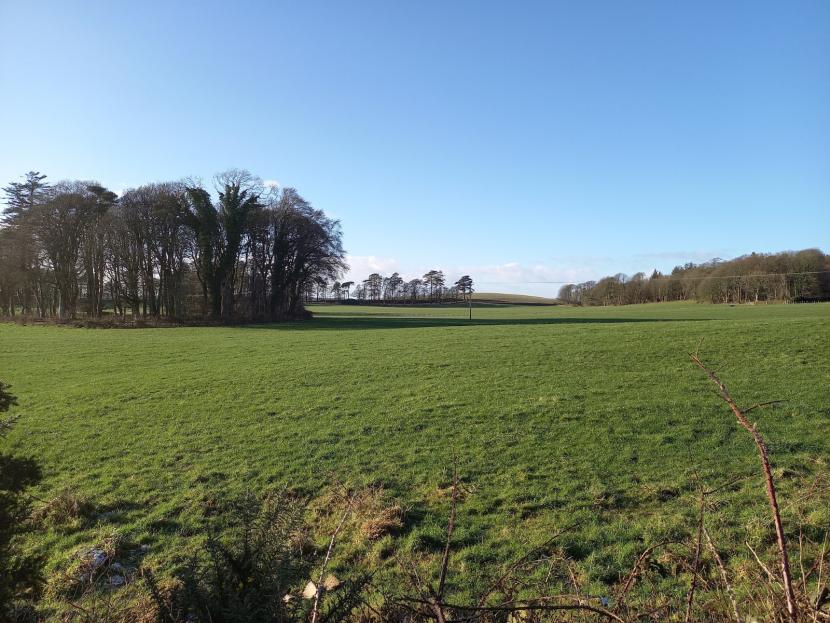
2. It has received inputs of organic and/or inorganic fertiliser and/or lime and/or herbicide in the last 5 years
Your result: Improved Grassland
Summary
Productive grassland (for grazing or forage) subject to regular reseeding and inputs of fertiliser and lime.
Detailed Description
Improved Grassland is productive grassland that may be reseeded, limed or fertilised. This includes slurry, farmyard manure and bio solids.
Improved grasslands are permanent pasture with more than 30% content of Perennial Ryegrasses, Timothy and/or white clover. Management of grazing and cutting has led to persistence of this species mix overtime meaning reseeding may be more than 10 -15 years ago.
This would also include short term repeat leys of eg. Italian Ryegrass, Westerwolds or similar that are resown at regular, usually less than 3 year, cycles.

3. It is recently created species rich grassland
Your result: Unimproved Grassland
Summary
Grassland that has not been ploughed, reseeded or fertilised including species rich grassland; or species rich grassland created on previously improved grassland or arable. Can also apply to uncultivatable areas in arable land.
Detailed Definition
Grasslands that have not been ploughed, reseeded or had chemical inputs in the recent past, or ever, and consequently have very little or no ryegrass or white clover (less than 10% cover of the field). They may have noticeable wildflower and sedge coverage with a diverse sward.
These may be low-productivity in-bye grassland, or rough grassland. Grassland habitats are species rich if they have a good representation of indicator species; grasslands on alkaline soils will have a greater range of species than those on acidic soils.
Unimproved grasslands in large unenclosed areas of hill, moor, or mountain, often above a hill dyke, could be mapped as upland grassland.
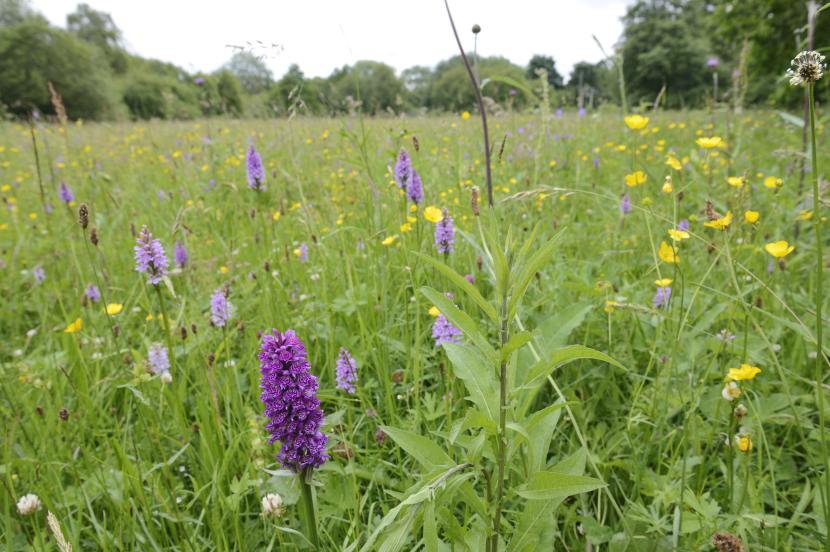
If none of the above go to Section 3
Section 3
Pick one option below from 1-4.
1. There is more than 10% perennial ryegrass, white clover and/or timothy grass
Your result: Semi-Improved Grassland
Summary
Grassland with wider species diversity than improved grassland, that is not part of your normal crop rotation.
Detailed Description
Cover of agricultural grass varieties such as ryegrass, timothy and clover will be less than 30%.
There may be some wildflower presence and may occur where unimproved grasslands have undergone some modification through the use of, for example, fertilisers, lime, herbicides or where formerly improved grasslands are being less intensively managed.
These habitats have a reduced range of plant species compared to unimproved grassland but a wider diversity than improved grassland.
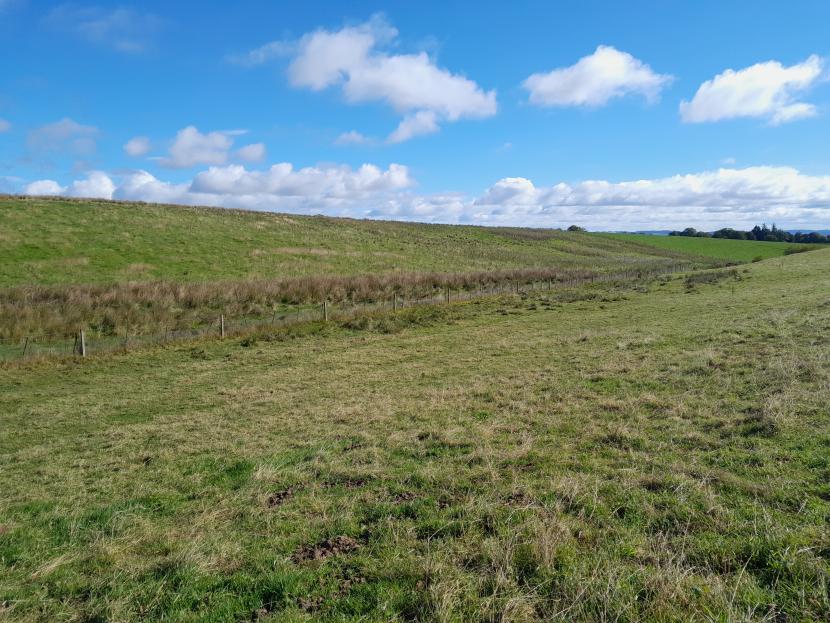
2. It has not received organic and/or inorganic fertiliser and/or lime and/or herbicide in the last 5 years
Your result: Semi-Improved Grassland
Summary
Grassland with wider species diversity than improved grassland, that is not part of your normal crop rotation.
Detailed Description
Cover of agricultural grass varieties such as ryegrass, timothy and clover will be less than 30%.
There may be some wildflower presence and may occur where unimproved grasslands have undergone some modification through the use of, for example, fertilisers, lime, herbicides or where formerly improved grasslands are being less intensively managed.
These habitats have a reduced range of plant species compared to unimproved grassland but a wider diversity than improved grassland.

3. It has not been ploughed or received any inputs in around 25 years or more
Your result: Unimproved Grassland
Summary
Grassland that has not been ploughed, reseeded or fertilised including species rich grassland; or species rich grassland created on previously improved grassland or arable. Can also apply to uncultivatable areas in arable land.
Detailed Definition
Grasslands that have not been ploughed, reseeded or had chemical inputs in the recent past, or ever, and consequently have very little or no ryegrass or white clover (less than 10% cover of the field). They may have noticeable wildflower and sedge coverage with a diverse sward.
These may be low-productivity in-bye grassland, or rough grassland. Grassland habitats are species rich if they have a good representation of indicator species; grasslands on alkaline soils will have a greater range of species than those on acidic soils.
Unimproved grasslands in large unenclosed areas of hill, moor, or mountain, often above a hill dyke, could be mapped as upland grassland.

4. There is less than 10% perennial ryegrass, white clover and/or timothy grass
Your result: Unimproved Grassland
Summary
Grassland that has not been ploughed, reseeded or fertilised including species rich grassland; or species rich grassland created on previously improved grassland or arable. Can also apply to uncultivatable areas in arable land.
Detailed Definition
Grasslands that have not been ploughed, reseeded or had chemical inputs in the recent past, or ever, and consequently have very little or no ryegrass or white clover (less than 10% cover of the field). They may have noticeable wildflower and sedge coverage with a diverse sward.
These may be low-productivity in-bye grassland, or rough grassland. Grassland habitats are species rich if they have a good representation of indicator species; grasslands on alkaline soils will have a greater range of species than those on acidic soils.
Unimproved grasslands in large unenclosed areas of hill, moor, or mountain, often above a hill dyke, could be mapped as upland grassland.

